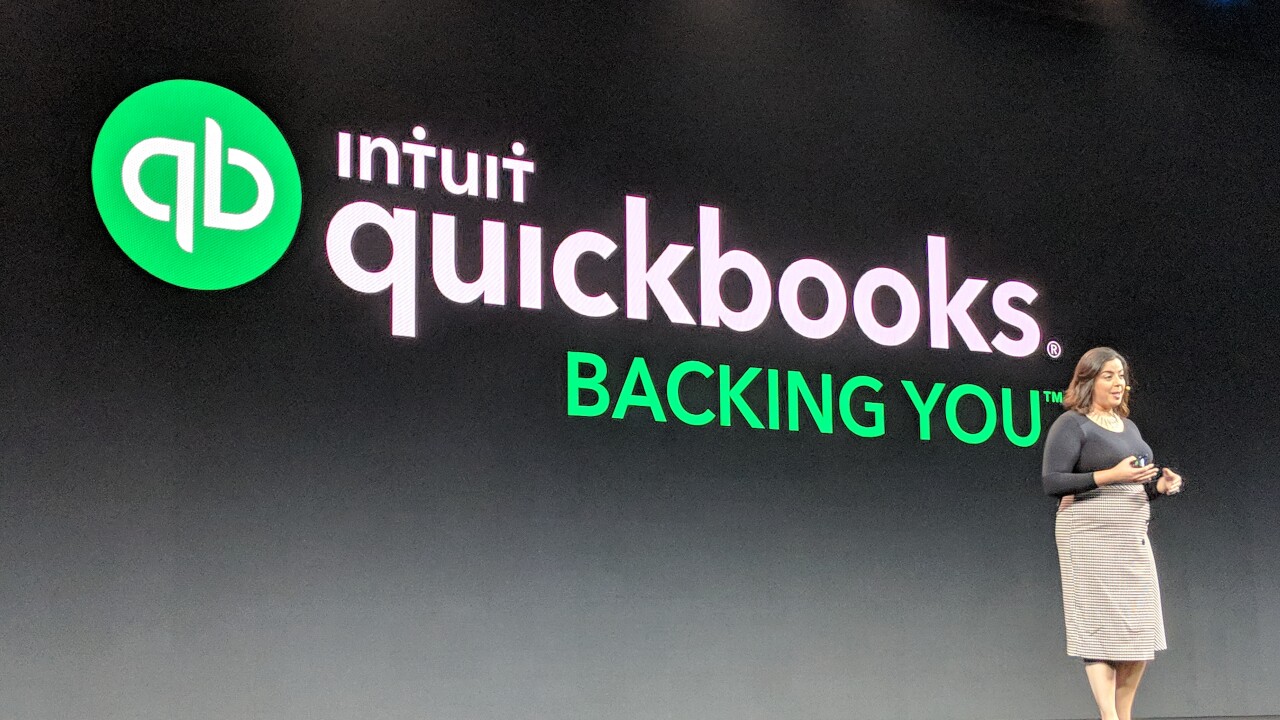IMGCAP(1)]When I talk to CPAs about practice management, one theme that always seems to pop up is the fact that “a client” or “several clients” cause headaches for the firm.
After hearing this, I will ask several questions, leading to the suggestion that the CPA should consider firing these types of clients. This suggestion is followed quickly by a “no, we can’t afford to do that” type of reaction. So here we sit in a nice conference room going around in circles—you hate working for a client, your staff hates working for the client, the client has little upside for future growth or new opportunities, the client complains about your bills, yet you rely on the client to pay your fees to keep your doors open.
At this point your firm has two options: A. Since you feel like you can’t fire the client (which is a whole other article), stop complaining and accept the client for who they are since you are not motivated to do anything about it. Or B. Figure out a way to change the behavior that makes the client a pain to work with.
Since you are still reading this article, I am going to assume you are interested in finding out what steps you and your firm can take to modify your client’s behavior (and just maybe figure out how to provide them with the service they deserve.) So here we go. Below are the six steps you and your firm should take before you go ahead and fire the client:
1. Identify the behavior that makes the client difficult. Is the client always late to deliver their information? Do they change their mind every other day, causing additional work on your end? Are they calling you incessantly about where their final product is? Do they yell at you? If there is something inherently wrong about the way the current service is being provided that fails to meet the needs of your firm, find out what the difficult behaviors are and write them down.
2. Talk to your client about their expectations and concerns. Hopefully somebody in your office at least has a working relationship with the difficult client. If so, during the next conversation they should ask the following question: “What do you expect out of the firm”? If there is no relationship, designate a person to build the relationship and during the initial meeting ask, “What do you expect out of the firm?” I guarantee the client will provide several expectations from their perspective. These perceptions may very well be different from what you offer. Write down those expectations.
3. Create an incentive to change the behavior. Jumping back to your internal team, at this point you and your team want to evaluate any expectations that are not being met, as discovered from your client during step 2. These expectations should be compared to the invoked behaviors that your firm just can’t deal with. For example, let’s say your client HATES being emailed by more than one person in your firm, suggesting they “don’t talk to one another” and he “is asked the same question” on multiple occasions. When this occurs, the client stops communicating with the firm and sends “nasty” emails to the partner-in-charge. If your firm designates one point of contact for this client, will the nastiness go away?
4. Talk to your client about the incentive to change. Check back in with your client and advise him of the change in protocol. In the future, all firm communications, along with any questions he has, should be run through “Joe.” Joe will be his personal advisor and have full knowledge of the client’s issues.
5. Follow the plan. As the days and weeks go by, “Joe” and the client will develop a working relationship, if one has not been established already. “Joe” should be supported in his endeavor to manage the difficult client. He should be provided with the resources, time and guidance to provide the difficult client with the answers necessary to resolve all outstanding issues. Furthermore, “Joe” should be applauded for going above and beyond to show the client that the firm is truly committed to working with the client.
6. Evaluate the change in behavior. Find out from “Joe” if he is having any problems or if the behavior from the client continues to be onerous. In most cases, when you have identified the problem, created a solution, communicated the solution, and followed the plan to solve the problem, the problem goes away. In those cases where it doesn’t, I’ll explain in an upcoming article how to help clients who don’t want help.
Adam Blitz is a CPA and a relationship builder. Through his 10+ years in public accounting he has refined his ability to develop relationships with partners and clients alike in the pursuit of enhancing business profitability and individual satisfaction. Adam’s passion for business development stems purely from the notion that CPAs help people. He works with professional service firms to enhance relationships with clients, vendors, staff and communities for the purpose of developing revenue streams. Adam has a Masters in Leadership Studies and has published a thesis on the value a CPA provides to clients and staff. In his spare time, you’ll find him hiking the Sierra Nevada or training for his next triathlon. You can reach Adam at





